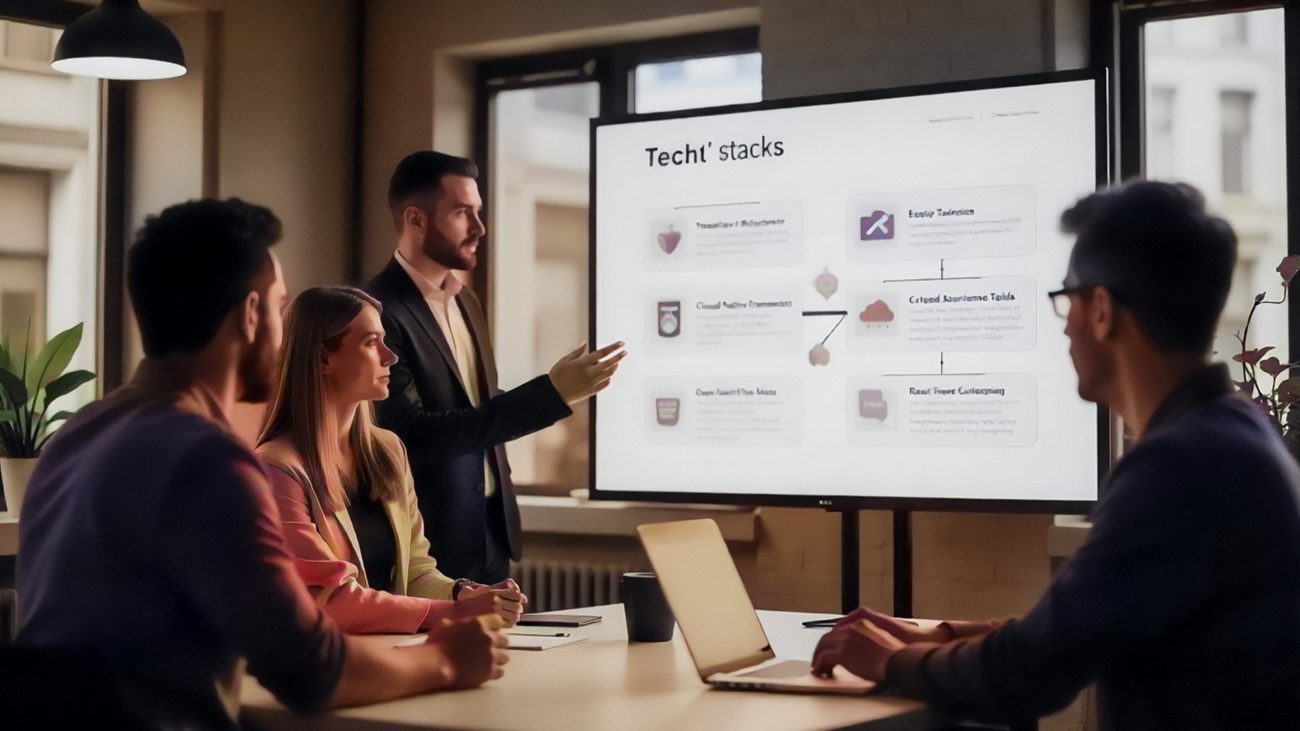
Top 10 Challenges in Building an MVP
Building a Minimum Viable Product (MVP) is an essential step for startups and businesses looking to validate their ideas quickly and cost-effectively. However, the process comes with several challenges that can hinder success. Below, we discuss the top 10 challenges in building an MVP and practical solutions to overcome them.
1. Defining the Right MVP Scope
The Problem:
One of the biggest mistakes startups make is either including too many features in their MVP or failing to include enough to attract users. Defining the right scope is crucial, as an MVP should focus on the core problem it aims to solve without being overloaded with unnecessary functionalities. Many startups face “feature creep,” where additional features keep getting added, leading to higher costs, longer development time, and a diluted product vision.

Solution
- Adopt a Lean Approach: Focus only on the core feature that solves the primary problem.
- User-Centric Research: Conduct market research and surveys to identify what features users actually need.
- Prioritize Using MoSCoW Method: Categorize features into Must-Have, Should-Have, Could-Have, and Won’t-Have to streamline decision-making.
- Use Prototyping Tools: Create wireframes and get early feedback before investing in development.
2. Limited Budget and Resources
The Problem:
Startups often have a limited budget, making it difficult to hire developers, designers, and product managers. Balancing costs while ensuring product quality is a challenge. Without enough funding, MVPs might either be rushed, leading to poor execution, or delayed due to financial constraints.

Solution
- Leverage No-Code/Low-Code Platforms: Reduce development costs by using tools like Bubble, Webflow, or OutSystems.
- Flexible Engagement Models: Instead of hiring a full in-house team, consider outsourcing development to a trusted agency or freelancers.
- Optimize Infrastructure Costs: Use cloud-based solutions like AWS, Google Cloud, or Firebase to scale as needed.
- Prioritize Development Stages: Focus on building an MVP with a phased approach instead of developing everything at once.
3. Tight Deadlines
The Problem:
MVPs are built to test an idea in the shortest time possible. However, development delays can cause loss of competitive advantage, missed investor opportunities, and increased costs. Managing development timelines while ensuring product quality is a major challenge.

Solution
- Agile Development: Use Agile and Scrum methodologies to ensure frequent iterations and continuous feedback loops.
- Set Realistic Milestones: Break the MVP development into sprints with clear deliverables.
- Use Pre-Built Components: Instead of developing everything from scratch, leverage APIs, templates, and open-source tools.
4. Choosing the Right Technology Stack
The Problem:
Selecting the wrong technology can lead to scalability issues, security vulnerabilities, or high maintenance costs. Many startups struggle with whether to use a monolithic or microservices architecture, which programming language to choose, and how to ensure long-term scalability.

Solution
- Consult Experts: Seek technology consulting to choose a tech stack aligned with business needs.
- Choose Scalable Technologies: Use cloud-native solutions and frameworks that allow easy upgrades.
- Open-Source vs. Proprietary: Consider using open-source frameworks to cut costs while ensuring flexibility.
- Cross-Platform Development: Use frameworks like React Native or Flutter to save development time for mobile apps.
5. Finding and Retaining Talent
The Problem:
Hiring skilled developers, designers, and product managers is difficult, especially for early-stage startups with budget constraints. High turnover rates and unavailability of skilled professionals can delay MVP development.

Solution
- Remote Hiring & Freelancing: Use platforms like Upwork, Toptal, and LinkedIn to find talent worldwide.
- Offer Equity or Performance-Based Compensation: Attract top talent by offering stock options or performance incentives.
- Outsourcing Development: Partner with offshore development firms for cost-effective and reliable solutions.
- Build a Strong Work Culture: Retain talent by fostering a culture of innovation, flexibility, and career growth.
6. Balancing Quality and Speed
The Problem:
Speed is crucial in MVP development, but rushing can lead to a poorly built product with bugs, poor UI/UX, and performance issues. At the same time, over-focusing on quality can delay the product launch.

Solution
- Test-Driven Development (TDD): Implement a TDD approach to catch errors early.
- Automated Testing: Use tools like Selenium and Jest to ensure faster and more efficient testing.
- User Feedback Integration: Release an early version to a small audience and continuously refine it.
- Optimize Development Workflow: Use DevOps tools like Jenkins and Docker to speed up deployment.
7. Market Validation and Customer Feedback
The Problem:
Many startups build an MVP without validating whether there is actual demand for the product. A lack of early user feedback can lead to an MVP that doesn’t resonate with the target market.

Solution
- Pre-Launch Marketing: Create landing pages and run ads to gauge interest before development.
- Customer Interviews & Surveys: Conduct direct interactions with potential users to validate assumptions.
- Beta Testing & Pilot Programs: Launch an MVP to a small user group before a full-scale launch.
- Data-Driven Decision Making: Use analytics tools like Google Analytics, Mixpanel, and Hotjar to monitor user behavior.
8. Competitive Pressure
The Problem:
In crowded markets, launching an MVP that stands out is challenging. Established players and new competitors can quickly outpace an MVP if it lacks a unique selling proposition.

Solution
- Differentiate with a Unique Value Proposition (UVP): Focus on what makes your product unique and solve a specific problem better than competitors.
- Target Niche Markets First: Instead of competing head-on with big players, start by targeting a niche audience.
- Build a Community: Engage with early adopters on platforms like Reddit, Twitter, and LinkedIn to create brand loyalty.
9. Ensuring Scalability
The Problem:
An MVP should be built with the future in mind. If scalability is not considered early on, businesses may face performance issues when scaling up.

Solution
- Adopt a Microservices Architecture: Allow flexibility in scaling different components independently.
- Use Cloud-Based Solutions: Platforms like AWS, Azure, and Firebase offer scalable infrastructure.
- Optimize Database Performance: Choose scalable databases like PostgreSQL, MongoDB, or DynamoDB.
10. Effective Marketing and Launch Strategy
The Problem:
Many startups focus too much on building the MVP and ignore marketing. Without an effective launch strategy, an MVP can fail to gain traction.

Solution
- Growth Hacking Techniques: Use referral programs, viral marketing, and influencer partnerships.
- Social Media and Content Marketing: Leverage SEO, blogs, and social media campaigns.
- Early Access Programs: Create exclusivity through invite-only beta programs.
- Partnerships and Collaborations: Work with industry influencers and complementary startups.
Final Thoughts
Building an MVP is a challenging yet rewarding process. By understanding and addressing these common challenges, startups can develop a successful product that is both viable and scalable. Prioritizing the right features, leveraging cost-effective development strategies, and ensuring continuous feedback loops are key to MVP success.
